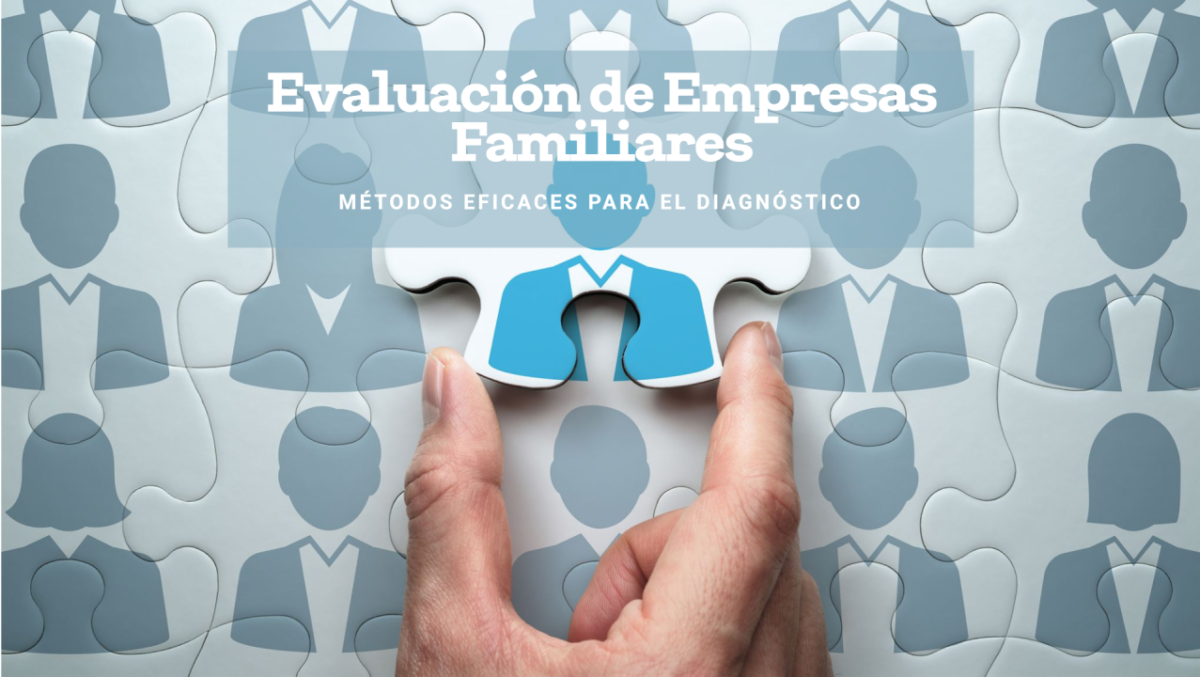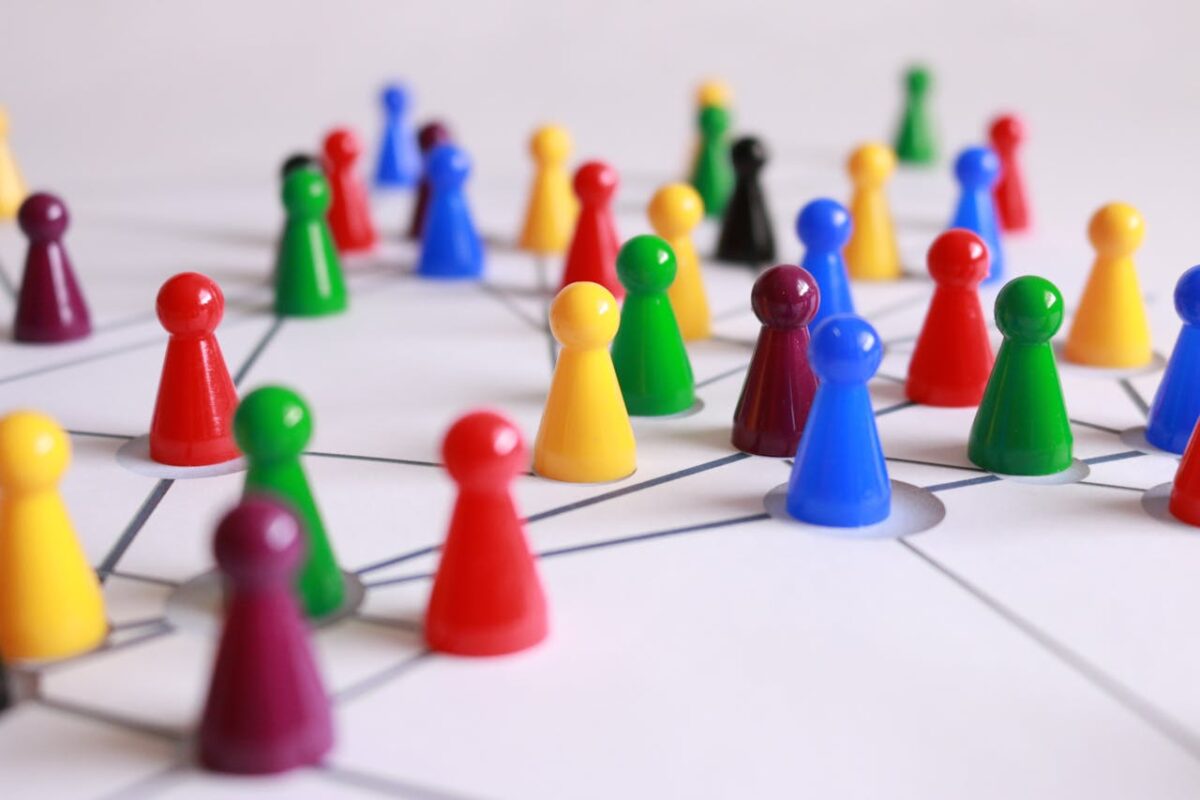Financial instruments
In an increasingly interconnected global environment, family-owned small and medium-sized enterprises (SMEs) in Mexico face significant risks due to exchange rate volatility. Fluctuating currencies can affect both costs and revenues, impacting the financial stability of businesses. To mitigate these risks, it is essential that SMEs consider using financial instruments designed to protect against adverse fluctuations in the foreign exchange market.
Currency forwards
Definition
Currency forwards are customised contracts that allow the exchange rate to be fixed for a future transaction on the agreed date. Unlike futures, forwards are not traded on organised exchanges, which offers flexibility in terms of amount and maturity date, adapting to the specific needs of companies.
Practical use
Consider a Mexican family business that exports products to the United States. This company might be concerned that the Mexican peso will devalue before it receives payment for its exports. By using a forward contract, the company can lock in today the exchange rate at which it will convert the dollars it will receive at a future date, eliminating uncertainty about how much it will receive in pesos.
Advantages and disadvantages
Among the main advantages of forwards is the ability to eliminate exchange rate uncertainty, allowing for more precise financial planning. However, a potential disadvantage is the lack of flexibility: if the exchange rate at maturity is more favourable than the agreed rate, the company will not be able to benefit from this change.
Currency Options
Definition
Currency options are contracts that give the buyer the right, but not the obligation, to buy or sell a currency at a predetermined exchange rate at a future date. There are two main types of options: call options and put options.
Practical use
Let’s imagine a family business that imports machinery from Europe. Concerned about a possible appreciation of the euro, the company decides to buy a call option that will allow it to purchase euros at a fixed exchange rate in the future. If the euro appreciates beyond the exchange rate fixed in the option, the company will exercise the option and buy the euros at the agreed exchange rate. If the exchange rate is more favourable in the market, the company can choose not to exercise the option.
Advantages and disadvantages
Options offer great flexibility, as they allow companies to benefit from favourable exchange rate movements while being protected from adverse movements. However, this flexibility comes at a cost: the premium paid to acquire the option. This premium can represent a significant expense, especially for SMEs with limited resources.
Currency Swaps
Definition
Currency swaps are agreements between two parties to exchange cash flows in different currencies over a specified period of time. This instrument is commonly used to manage long-term currency exposures.
Practical Use
Suppose a family-owned company in Mexico receives revenues in dollars from its foreign sales, but has most of its costs in pesos. To reduce its exposure to exchange rate risk, the company can agree to a currency swap with a bank. In this agreement, the company will exchange its dollar revenues for pesos at a fixed exchange rate for the duration of the contract, ensuring that it will have the pesos necessary to cover its operating expenses.
Advantages and Disadvantages
Swaps allow companies to align their cash flows across currencies, reducing exposure to foreign exchange risk. However, they can be complex to structure and require an ongoing relationship with a financial counterparty, which can incur additional costs.
Currency futures
Definition
Currency futures are standardized contracts traded on organized exchanges, obligating parties to buy or sell a specific amount of a currency at a specified price on a future date. Unlike forwards, futures have fixed characteristics in terms of contract size and expiration dates.
Practical use
An SME that wants to protect itself against a devaluation of the peso could buy a future contract in which it agrees to sell dollars at a pre-established exchange rate at a future date. If the peso depreciates, the company can sell the dollars at the agreed exchange rate in the future, thereby protecting its value in pesos.
Advantages and disadvantages
Futures offer transparency and liquidity as they are traded on organised exchanges. However, they require margin and are subject to daily adjustments in accordance with exchange rate movement, which can lead to fluctuations in the company’s accounts.
Natural cover
Definition
Natural hedging is a non-financial strategy in which a company attempts to align its revenues and expenses in the same currency, thereby reducing exposure to foreign exchange risk.
Practical use
A family business that exports products can look for suppliers that invoice in the same currency as its revenues, for example, in dollars, to avoid exposure to fluctuations in the exchange rate between the peso and the dollar. By matching its revenues and expenses in the same currency, the company reduces the need to use financial instruments.
Advantages and disadvantages
Natural hedging is a simple and effective strategy to minimize foreign exchange risk without incurring additional costs. However, its applicability may be limited, as it is not always possible to align all cash flows in the same currency.
Recommendations for instrument selection
When selecting a financial instrument for managing foreign exchange risk, family-owned SMEs should consider their risk profile, the size of their operations, and their specific foreign exchange exposure. It is crucial that these companies seek financial advice to ensure that they are using the right instruments for their particular situation. In addition, ongoing training in international finance is vital to ensure that hedging decisions are informed and effective.
Conclusions
Using financial instruments for currency risk management is an essential strategy for small and medium-sized family businesses in Mexico. These instruments not only protect against currency volatility, but also allow companies to plan and operate with greater financial security. While each instrument has its advantages and disadvantages, the key is to select the one that best aligns with the company’s specific needs and capabilities.
Author: Smart Consulting.







